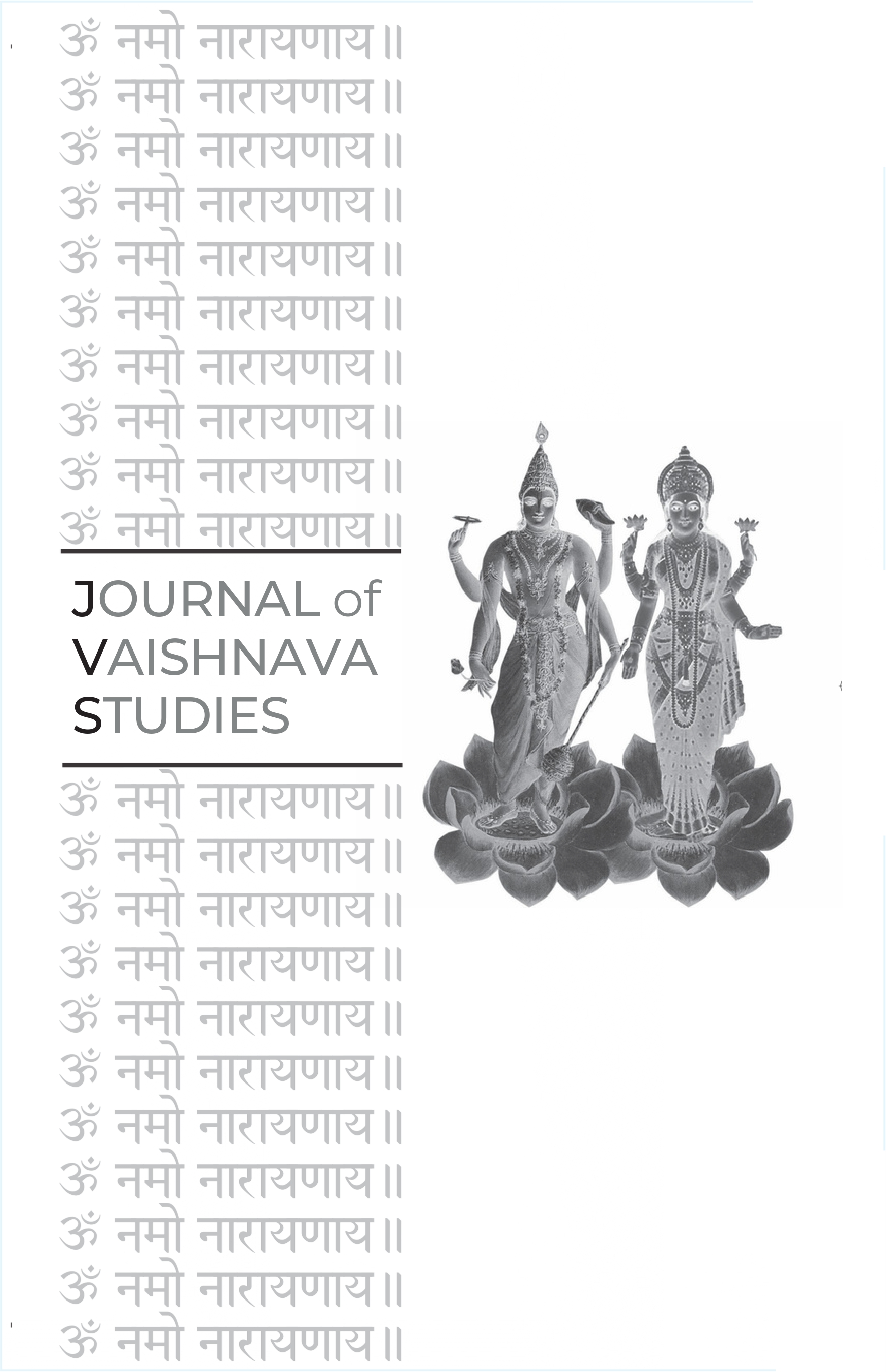Lifting the Meanings of Govardhana Mountain: A Review Essay
Keywords:
Govardhana-līlā, ritual transformation, Vaishnava theology, cosmological preservation, avatāra doctrine, Bhāgavata Purāṇa, Viṣṇu Purāṇa, Harivaṃśa, Charlotte Vaudeville, mythological ambiguity, mountain symbolismAbstract
The article “Lifting the Meanings of Govardhana Mountain: A Review Essay” by Christopher R. Austin presents a wide-ranging scholarly synthesis of interpretations surrounding the Govardhana-līlā episode. Drawing from its foundational renderings in the Harivaṃśa, Viṣṇu Purāṇa, and Bhāgavata Purāṇa, Austin classifies interpretations into three major frames: (1) shifts in ritual and religious affiliation from Vedic Indra-yāga to Kṛṣṇa-centric worship; (2) theological and mythic expansions within Vaiṣṇava traditions, particularly involving cosmic preservation, avatāra doctrine, and bhakti; and (3) cosmological themes of flood and refuge wherein Kṛṣṇa’s lifting of Govardhana echoes Viṣṇu’s cosmic role during dissolution cycles. The article examines pre-Vaiṣṇava ritual traces in folk traditions as analyzed by Charlotte Vaudeville and others, and explores how the episode integrates local religious practices into the broader Vaiṣṇava narrative. Austin’s critical review situates the Govardhana episode as a narrative crucible wherein Vaishnava identity, theology, and ritual practice converge.Published
2015-06-20
Issue
Section
Articles





